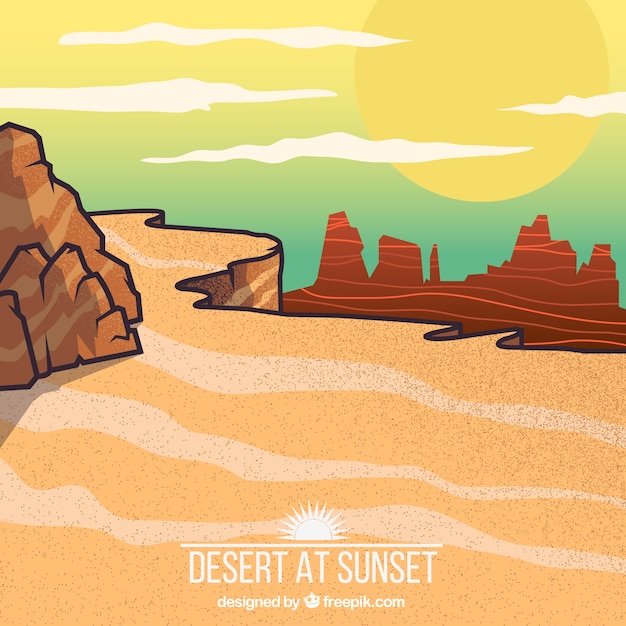
We’ve been striving for weeks, maybe even months (depending on how you count), to explore the eastern desert, but our plans have been constantly derailed—mostly by illnesses recently. This weekend, however, feels different. Our group, a chaotic mix of friends, is finally pulling together. This trip holds special significance as it’s probably our last outing before many of our pals return to their home countries. Even with some last-minute cancellations, six of us are still game to venture into the sparsely populated and underexplored eastern deserts, a vast expanse bordering Syria, Saudi Arabia, and Iraq. This region boasts black rock deserts, scorching heat, and even a surprising wetland that I’m eager to see to grasp its improbability.
Bright and early, I left my apartment, glad we rented a 4WD for the journey. Despite two friends dropping out, we managed to find a last-minute addition—a fellow adventurer we met just the day before, who coincidentally hailed from the same town in the USA as me. It’s always astonishing how small the world can be. With no fixed destination and a day brimming with possibilities ahead, I picked up the rest of the group from around Amman. Everyone was buzzing with excitement, a shared feeling of breaking free from our recent routines. A few travelers dozed off, catching up on missed sleep, while others got engrossed in a heated game of digital backgammon.
Our plan was no plan, which is exactly my kind of adventure. We set off with names of places called out from guidebooks, street signs, and whatever caught our fancy. Veering off towards Azraq, we made our first stops at Qasr Hallabat and Hammam Sara. These spots, though initially underwhelming, piqued my curiosity about their restorations.
Upon reaching the dusty streets of Azraq, the practical center of the Eastern Desert, we booked into our hotel and scouted for a place to eat. Options were scarce, but the tantalizing scent of grilled chicken led us to a small local eatery. The owner was caught off guard but warmly welcomed us, cleaning a table and bringing out a mountain of deliciously grilled chicken. It was some of the best I’d ever had, and while they did sneak in some extras we didn’t order, our hunger obliterated any annoyance.
With only two days, we plotted to visit the furthest sites first, starting with Qasr Burqu, near the Jordan-Iraq border. Our 4WD would be essential for the open desert driving this trek required. Leaving Azraq, the landscape turned dramatically barren, with black volcanic rocks painting an austere picture.
Navigating through unmarked desert paths, guided only by GPS and local advice that “the whole desert is a path,” we made our way toward the ruins. The desert, stark and unyielding, offered few signs of life apart from sporadic dogs and distant Bedouins in their modern 4WD trucks. We ventured deeper, eventually confronting a fenced area that impeded our path. Finding a way around it, our destination came into view—though the exact site, as marked on Google Maps, wasn’t clearly accurate.
Upon reaching the ruins near the lake, we were spellbound by the incongruous sight of water in the desert. Exploring the ancient structures, largely untouched by restoration, offered a raw glimpse into history. Encountering locals picnicking by the lake reminded us this remote spot, while rarely visited by tourists, was cherished by nearby residents.
The thrill of our uncharted expedition was palpable as we made our way back toward Azraq, planning our next steps and eagerly anticipating what lay ahead. I’ll share more in the next part, as this story is far from over. Stay tuned for Part 2.